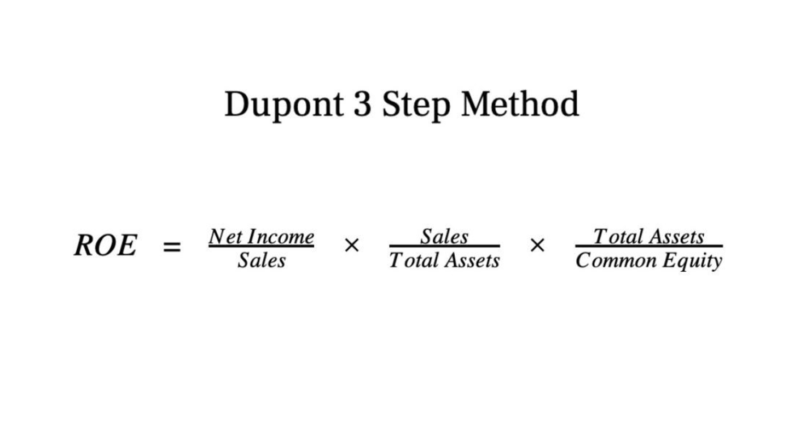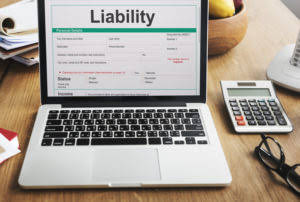
This strategy, known as ageing accounts receivable, might help answer the question of whether specific clients have had troubles in the past. This technique, like most others, produces more useful results when investors use data from a longer period. https://www.bookstime.com/statement-of-retained-earnings If a business intends to account for bad debt, it must be certain of the exact amount owed. The overall bad debt expense is calculated by multiplying the estimated percentage by the total amount of receivable accounts during the chosen period.
- There are two main approaches for determining the dollar amount of uncollectible accounts receivables.
- We’ll show you how to record bad debt as a journal entry a little later on in this post.
- Financial statements might sometimes indicate financial instability or accounting irregularities.
- The bad debt ratio measures the amount of money a company has to write off as a bad debt expense compared to its net sales.
- You take the $1,500 from the amount of accounts receivable and move it to your bad debt expense account.
- The reason for this is that it gives a more accurate picture of your financial health.
For the current year, bad debt expense equals bad debt expense percentage X projected credit sales. The reserve amount should be determined before bad debt expense arise, so it is always an estimate. The Bad Debt Expense Calculator aids in presenting a more accurate picture of a company’s financial health by factoring in provisions for doubtful accounts. A collaborative AR tool like Versapay combines cloud-based collaboration features with what you’d expect from a first-rate accounts receivable automation solution. In addition to streamlining internal and external communications, AR teams can automate their invoicing, collections, payment processing, and cash application workflows.
The Impact of Bad Debt in Account: Balance Sheet and Income Statement
This allowance is an estimate based on past experiences with bad debts and current market conditions. It serves as a buffer against potential financial losses and is essential for accurately presenting a company’s financial health. Bad debt expense is a financial term used to describe the amount of credit sales that a company realistically anticipates will not be paid by customers. This situation arises in companies that offer goods or services on credit, making it an inherent risk of credit transactions. Recognizing bad debt expense is crucial for maintaining accurate financial records and adhering to the generally accepted accounting principles (GAAP).

With the allowance method for calculating bad debt expenses, you anticipate that some of your customers won’t pay before you even make a sale and incorporate that into your bookkeeping. Estimate how much of your sales will result in bad debt expenses and create a contra-asset, or negative asset, on your ledger as allowance for doubtful accounts. There are two main approaches for determining the dollar amount of uncollectible accounts receivables. To determine predicted losses to delinquent and bad debt, statistical modelling such as default likelihood can be used to estimate bad debt expense.
What Is Bad Debt Expense? How To Calculate and Record Bad Debt
Selling to clients on credit always comes with the risk of them not paying you back on time. The statistical calculations might make use of previous data from both the company and the industry. As the age of the receivable grows, the specific percentage will normally increase to represent bad debt expense calculator growing default risk and decreasing collectibility. Low inventory turnover ratios suggest low sales and surplus inventory, resulting in overstocking. There may not be enough cash generated to pay investors if a company has too many bonds due in a certain period of the year.

